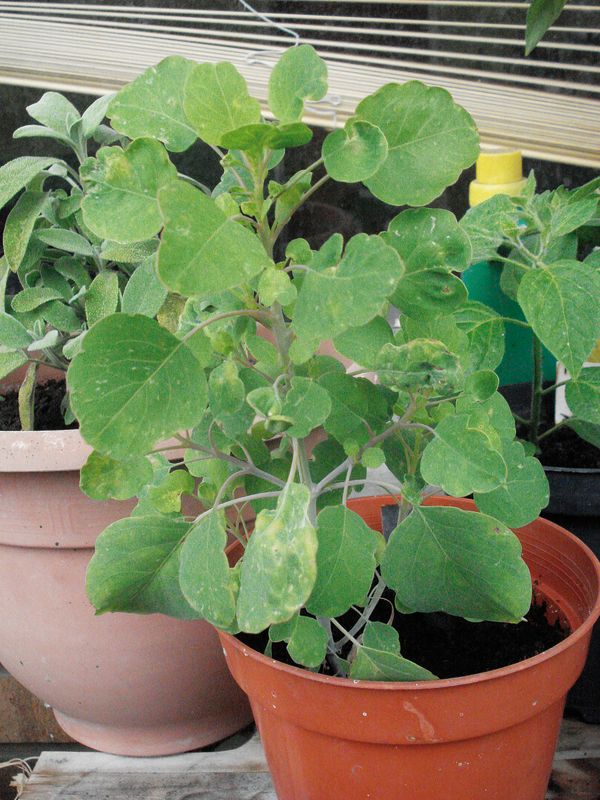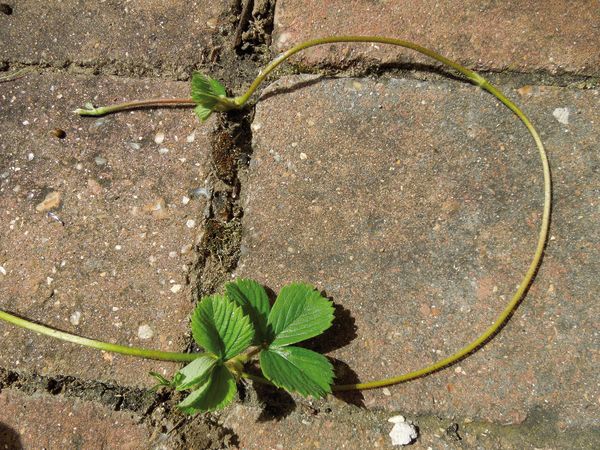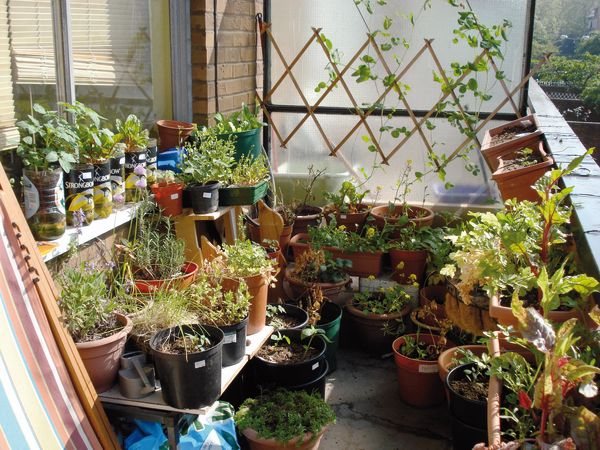CHAPTER 9
July
July is all about the harvesting and eating... but it’s also a good time to begin to think about what you want to grow in the autumn, and to start sowing for that. July is also the time for propagating strawberries. And hopefully for sitting out in the sunshine and enjoying spending time in your very own green edible jungle.
My Balcony at the Start of July
Plants growing:
Around eight tomato plants, with the first trusses of tomatoes coming along well.
Herbs: sage, mint, rosemary, bay, thyme, chives, oregano, basil, parsley, dill, papalo, coriander.
Bronze arrowhead lettuce mostly gone to seed.
Microgreens along the edge of the railing.
Two pots of carrots (first baby carrots already eaten).
Two courgette plants beginning to flower.
Satsuma tree putting out plenty of leaves.
Box of potatoes.
Nasturtiums and marigolds starting to show up.
A late sowing of mangetout just beginning to appear.
Pepper seedling still growing very slowly.
Seeds and cuttings: none

Papalo plant doing well.
Things to Do in July
- Keep an eye on the courgettes and fertilise them by hand if need be.
- Harvest early potatoes.
- Begin sowing hardy lettuce for autumn.
- Start sowing rocket and other greens again.
- Sow lamb’s lettuce (corn salad) and land cress for winter salads.
- Harvest first tomatoes (if you’re in the south and lucky with the weather).
- Pinch out tomato growing tips if necessary.
- Harvest carrots.
- Consider sowing late carrots, beets, and chard.
- Take oregano cuttings.
Strawberry Runners for Next Year
From about June or July, strawberry plants start trying to propagate themselves by sending out runners (long vines that snake along the ground). Each runner will produce little clone plants at intervals, looking for some soil to touch down and root in. Once the baby clone has rooted, the runner dies off, and you have a new strawberry plant.
If you already have strawberries on your balcony, you can watch for these runners starting to appear, at which point you have a couple of options. You can peg them down back into the original trough, but it may then get overcrowded. However, strawberry plants only last three years (you’ll get a small crop in year one, a large one in year two, and maybe a large-ish crop in year three, but that’s your lot), so you may be able to get the timing right so you can use the runners to replace old plants.
Alternatively, you can peg them down into another trough, or into small pots. You can then cut the runners once the clone plant has rooted firmly, and either move the new trough elsewhere, or transplant from the small pots into a permanent location. Cut off any surplus runners and discard.

Strawberry runners looking for a new home.

A strawberry runner pegged into a new pot. Once it’s established you can cut the stem.
Don’t let the runner plant crop in its very first summer (when it’s just rooted itself); pinch off any flowers that appear. In the autumn, you can plant it into its final location.
If you don’t have strawberry plants already, now is the time to ask around friends and neighbours for anyone who does have plants and who therefore will have runners that may be surplus to requirements. It’s best not to just cut the clone plants off, but to provide your strawberry grower with a small pot or two to peg the runners down into. This way the new plants have a chance to root, and develop a little strength, before they’re cut off from their parent.
If on the other hand you find yourself with an excess of baby plants yourself, you can peg them into small pots as described above, and then when the plants are established, cut the runners and give the plants away as presents. Strawberries are simple to grow, do well in window boxes, and are a great intro to food container gardening. If you’ve saved excess rocket seed, you can give out pinches of that, too, to sow next to the strawberries. You could also consider planting them in neglected public spaces.
Thinking about Autumn
Hardy lettuces
It may seem a bit early to be thinking about autumn, but in fact it’s about the right time to begin sowing hardy lettuces in order to get them going by early autumn. You can keep sowing through the rest of the summer and early autumn, but sowing some now means that you’ll have mature plants as well as younger ones by the time the weather starts getting colder.
Bronze arrowhead lettuce is a good overwinter crop; rocket and mizuna also work well; and you can get other winter lettuces that are bred to tolerate the cold. Get a few plants in now, and plan to sow some more in August to make sure that you have plenty of plants at various stages, and in case a sudden spell of hot weather later on in the summer makes them bolt again. You can sow as late as September, especially if you’re in the south, but you may find that the plants take a long while to get established. Helpfully, you may find that some of your earlier sowings of lettuce, rocket, and other greens have bolted by now. Collect the seeds from them when they’re ready, and sow them again.

My southfacing balcony at the eight of summer.
Experimental late sowings
You could also try late sowings of other vegetables. Carrots can be sown late (although my results with this have been variable), especially if you only want to grow them to salad size rather than to maincrop size. Plants such as tomatoes and peppers that need to ripen won’t be much good sown this late; but I have sown tomatoes on a south-facing balcony in July, and got a handful of ripe tomatoes in late September and early October, before making green tomato chutney with the rest of the crop. If you don’t mind an unripe crop, and have some space, it may be worth a go. If you do this, you should start the plants inside to get them going as quickly as possible, and be sure to harden them off (by putting them out for a few hours a day and bringing them inside overnight) for a couple of days before putting them out permanently.
Peas can also be sown late for a late summer/early autumn crop. Peas tend not to like the really hot weather of midsummer, so you may actually find that they do better sown in July and cropping in August than they do sown in June and cropping in July. However, the vagaries of the UK’s weather do make this a bit of a guess. In places with more reliably hot late summer weather, this probably isn’t worth trying.
The important thing to remember here is that it’s fine just to experiment. Some of those experiments will work out well, and you’ll manage to get more food out of your space. Some of them won’t work out, and you’ll have to write them off to experience. Whatever happens, you’re learning about your space, your climate (or microclimate), and about the plants, so even failures are useful information.